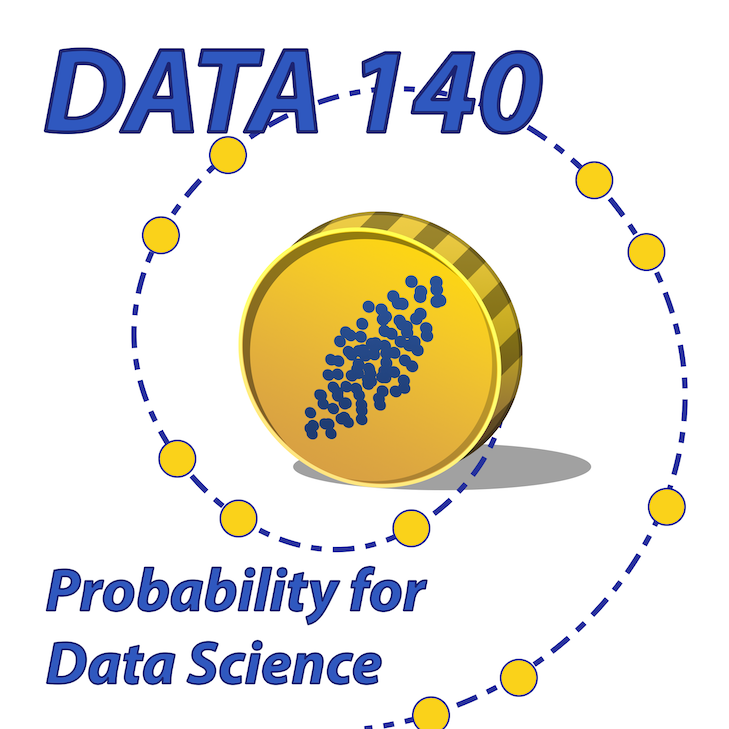10.2. Deconstructing Chains#
Let
See More
10.2.1. Irreducibility#
If it is possible for the chain to get from state
There is a path of positive probability that starts at
Equivalently, there is some
We say that
If all the states of a chain communicate with each other, the chain is called irreducible.
The sticky reflecting random walk of the previous section is irreducible, because it is possible for the chain to get from every state to every other state.
A way to establish irreducibility
Suppose a chain has a finite number of states. A good way to establish the irreducibility of the chain is to construct a path that
starts at any state,
goes through all of the other states,
ends at the starting state,
and has positive probability.
Then for any two states
See More
10.2.2. Aperiodicity#
Working in discrete time has disadvantages. One of them is that states can be periodic. Let’s start with the example of a random walk where the steps are based on tosses of a fair coin. Suppose the walk starts at state 0. Then it can return to 0 only at even times: the number of heads up to that point has to exactly equal the number of tails, and thus the number of tosses has to be even. We say that the state 0 has period 2.
A state
In the random walk described above, all states have period 2.
Period causes trouble with statements about long-run behavior. For example, if state
In this course we will study the long run behavior of chains in which all states are aperiodic, that is, they have period 1. In other words there is no cyclical pattern to when the chain can return to any state.
How do you check if all states are aperiodic? If the chain is irreducible, it turns out that all the states must have the same period. The proof of this fact isn’t terribly hard but we won’t go through it. What it implies is that if a chain is irreducible, which is easy to check, all you have to do is figure out the period of one of its states. Then all the others must have the same period.
A way to establish aperiodicity
Some states are easy to identify as aperiodic. If the one-step transition probability
So if you have an irreducible chain, it’s a good idea to look on the diagonal of the transition matrix. If you see a non-zero element on the diagonal, the chain is aperiodic.
That’s not a necessary condition for the chain to be aperiodic, but it’s sufficient and very easy to spot.
10.2.3. Example: Deconstructing a Chain#
Consider the chain with transition matrix given by
a |
b |
c |
d |
e |
|
|---|---|---|---|---|---|
a |
0 |
1 |
0 |
0 |
0 |
b |
1 |
0 |
0 |
0 |
0 |
c |
0 |
1/3 |
1/3 |
1/3 |
0 |
d |
0 |
0 |
0 |
1/3 |
2/3 |
e |
0 |
0 |
0 |
4/5 |
1/5 |
States
a |
b |
|
|---|---|---|
a |
0 |
1 |
b |
1 |
0 |
is a transition matrix in its own right, albeit of a rather boring chain that goes deterministically back and forth between
States
d |
e |
|
|---|---|---|
d |
1/3 |
2/3 |
e |
4/5 |
1/5 |
State
In this course we will work only with irreducible, aperiodic Markov chains on finite state spaces. Much of what we say will be true for periodic chains as well, and for chains with countably infinite state spaces.

